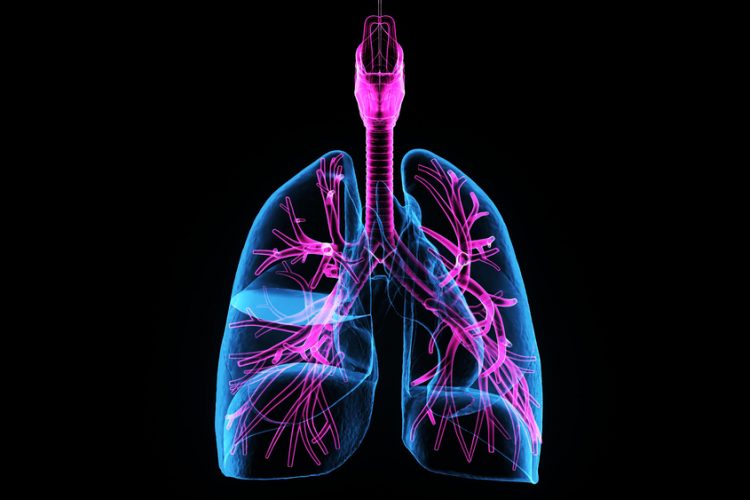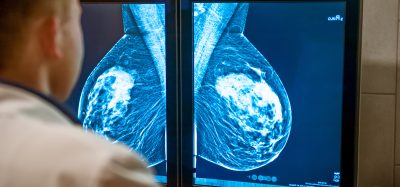FDG PET shows tumour DNA levels in blood are linked to NSCLC
Posted: 8 November 2017 | Dr Zara Kassam (Drug Target Review) | No comments yet
Insights derived from FDG PET could improve treatment selection for patients with advanced non-small cell lung cancer…


Italian researchers have demonstrated a better way of determining the aggressiveness of tumours in patients with advanced non-small cell lung cancer (NSCLC).
In the study, the researchers used 18F-fluorodeoxyglucose (FDG) PET/CT imaging to show that the amount of cell-free tumour DNA circulating in the bloodstream correlates with tumour metabolism, not tumour burden.
Our findings illustrate the prognostic value of 18F-FDG and provide a deeper understanding of clinically reliable, noninvasive biomarkers that may help identify potential unresponsive NSCLC
“Despite the identification of circulating tumor cells (CTCs) and cell-free DNA (cfDNA) as biomarkers capable of providing clinically relevant information in cancer patients, at present their identification is not routinely used in clinical practice,” explains Dr Silvia Morbelli, of the IRCCS San Martino – IST National Cancer Research Institute and University of Genoa in Genoa, Italy.
This study of 37 patients (24 men and 13 women, ages 51 to 80) who have never been treated with chemotherapy found a direct correlation between the amount of cfDNA with tumour metabolism (based on PET-derived parameters), but not with metabolic tumour volume. These results suggest that cfDNA might better reflect tumours’ biological behaviour and aggressiveness than tumour burden in metastatic NSCLC.
The researchers noted that a subgroup of 13 patients had metabolically active bone lesions and also higher levels of cfDNA. In addition, while cfDNA correlated with tumour metabolism, no association was found with circulating tumour cells (CTCs). Previous investigations have suggested that cfDNA and CTCs might provide complementary information about tumour biology. The small size of this study means that no definitive conclusions could be made regarding the role of CTCs in NSCLC metabolism.
Dr Morbelli points out, “Our findings illustrate the prognostic value of 18F-FDG and provide a deeper understanding of clinically reliable, noninvasive biomarkers that may help identify potential unresponsive NSCLC patients before treatment and limit unnecessary toxicity.”
According to the American Cancer Society, lung cancer is the leading cause of cancer death among both men and women, causing roughly 1 out of 4 cancer deaths. NSCLC represents approximately 85 percent of lung cancer cases. More than 22,000 new cases are expected this year in the United States, and the disease is expected to claim more than 155,000 lives.
The research has been presented in The Journal of Nuclear Medicine.
Related organisations
American Cancer Society, IST National Cancer Research Institute, University of Genoa
Related people
Dr Silvia Morbelli







